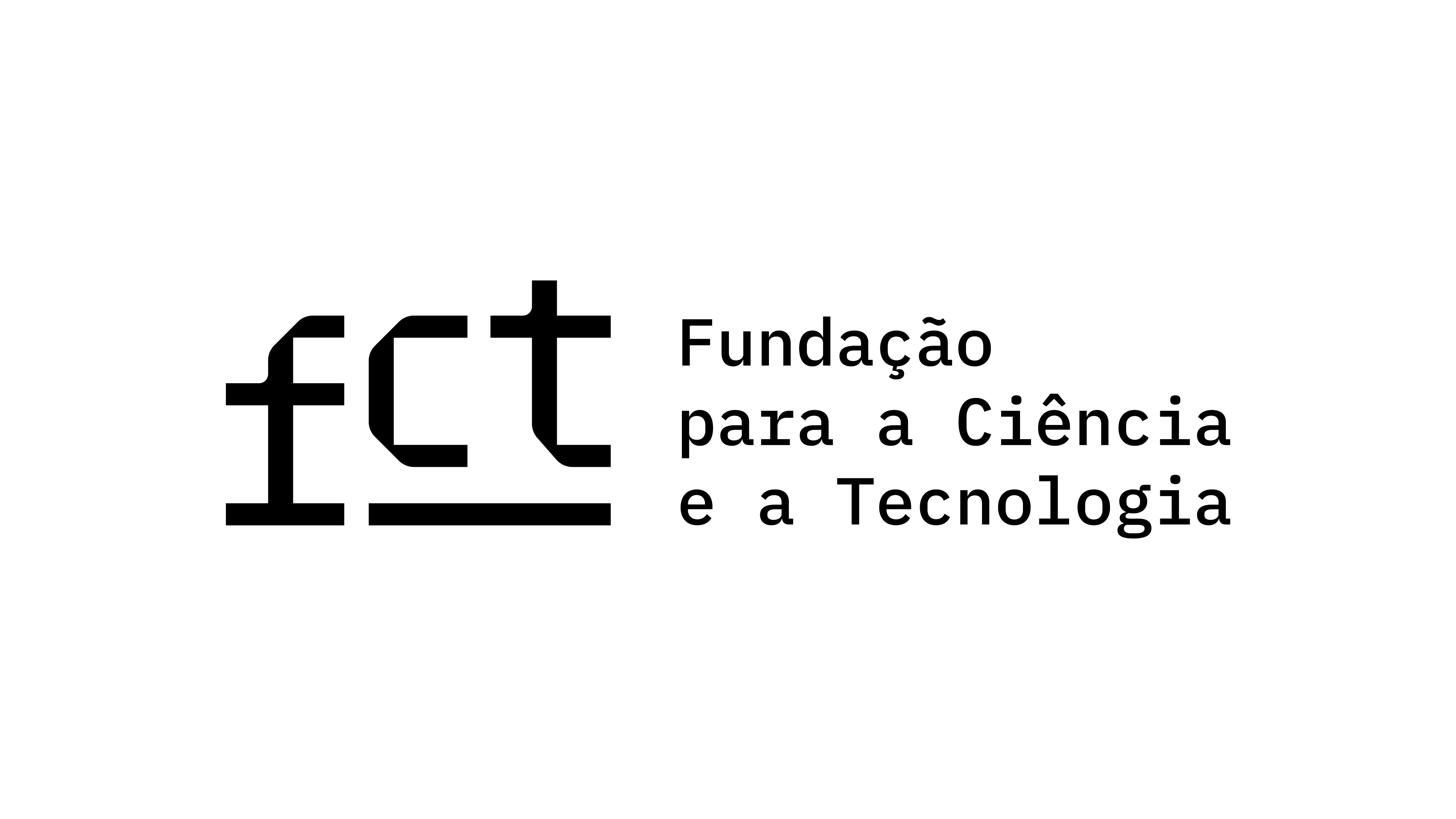Whither the Sign: Mohammed Khadda in Assia Djebar’s La Nouba des Femmes du Mont Chenoua
Keywords:
Assia Djebar, Mohammed Khadda, Algeria, Postcolonial Film, Postcolonial Feminism, LanguageAbstract
This paper analyses several key scenes in an Algerian experimental film directed by Assia Djebar, La Nouba des Femmes du Mont Chenoua (1978). The scenes in question depict “Reflets et ronces”, a painting made by Algerian artist Mohammed Khadda in 1976. Beginning in the 1950s, Khadda synthesized modernist techniques of abstraction borrowed from a European visual syntax with Arabic calligraphic marks and references to Amazighen or Berber aesthetic traditions. The linguistic sign is also the basis for Khadda’s early theories of postcolonial abstraction, his commitment to abstraction and his rejection of “realism” or visual narrative in painting. La Nouba des Femmes du Mont Chenoua, on the other hand, suggests that renewal and healing from the trauma lingering from the war of liberation (1954-1962) results from conversation among women, and it posits the exchange of language as the basis for transformation. At the same time, the film figures an important contradiction in a postcolonial mise-en-langue, or existence in language; the language (French) that wounds is also the language that grants mobility. This paper’s central argument is that Djebar positions Khadda’s painting in two key scenes as a prism through which to examine a rupture in her own relationship to language, especially as this rupture in language is borne out simultaneously in her intimate life.
Downloads
Published
How to Cite
Issue
Section
License
Copyright (c) 2022 Cinema: Journal of Philosophy and the Moving Image

This work is licensed under a Creative Commons Attribution 4.0 International License.




